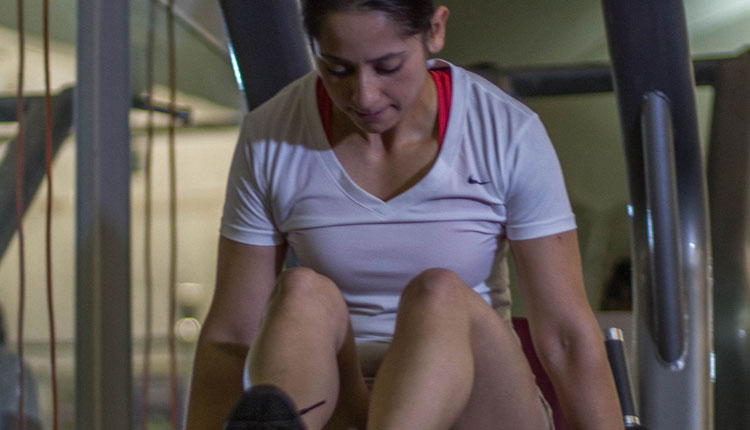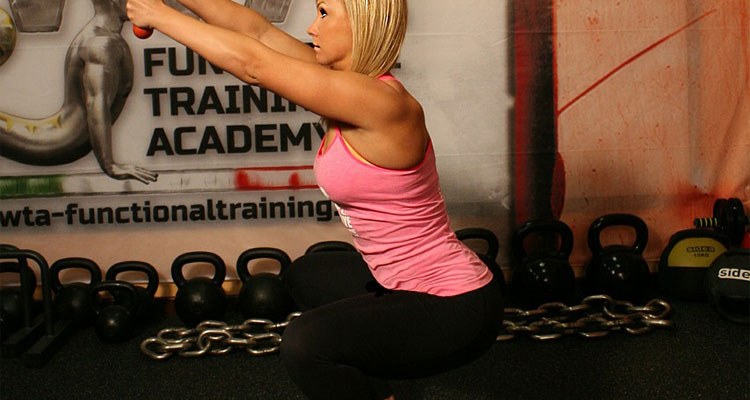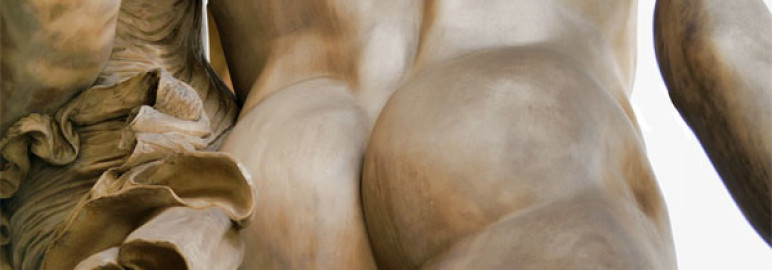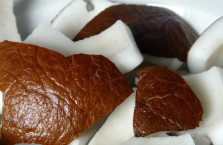The glutes are the powerhouse of the human body. They’re essential for running faster, jumping higher, throwing farther and lifting heavier. Therefore, it’s obvious that the gluteus maximus consists of a very high percentage of fast-twitch muscle fibers, right? Think again.
Fiber Type Revealed

Two studies have examined the fiber type percentage of the gluteus maximus. One study showed that the gluteus maximus is composed of 68 percent slow-twitch and 32 percent fast-twitch fibers, while the other study found 52 percent slow-twitch and 48 percent fast-twitch fibers.
Other research suggests that the upper gluteus maximus fibers consist of a greater percentage of slow-twitch fibers compared to those of the lower gluteus maximus. As you can see, the gluteus maximus is not a “fast-twitch muscle.”
Effective Training

The logical questions that follow are, does this information impact the way we best train the glutes, and if so, how? Fiber composition of the gluteus maximus indicates that we should train glutes via heavy low-rep training, moderate medium-rep training and light high-rep training.
Lifting Heavy
Lifting heavy weights leads to high levels of muscle activation. This is indicative of greater tension on the gluteus maximus, which is a primary driver of muscle hypertrophy. Therefore, if you go heavier on exercises such as squats and deadlifts, your glutes will attain an efficient stimulus for muscular growth. However, if this were all you did, you’d be leaving a lot of room on the table for increased gluteal shape keeping in mind that lifting heavier loads is more risky. Since you won’t be able to build your glutes if you injure yourself, you need to make sure your form is really solid before jumping into heavier training.
Lifting Light
Lifting lighter weight for higher reps to failure also leads to high levels of muscle activation, though not quite as high as that of heavier weight. Plus lifting lighter weights to failure has been shown to lead to slightly greater hypertrophy in the slow-twitch muscle fibers compared to heavy weights.
To maximize gluteal hypertrophy don’t ignore the slow-twitch fibers, especially since they account for more than 50 percent of the total glute fibers. It is true that the slow-twitch fibers cannot grow as large as fast-twitch fibers, but that doesn’t mean that slow-twitch fiber growth is insignificant. In fact, it’s one big reason why bodybuilders are more muscular than powerlifters.
Exercise Selection

Some exercises are simply better suited for medium or high reps. For example, lunges, hip thrusts, cable kickbacks, back extensions and various hip abduction exercises don’t lend themselves very well to a one-rep maximum lift. These exercises are best done in medium to higher rep ranges. You should regularly go all out using lighter loads for approximately 20-30 reps in your glute training, since this leads to high levels of metabolic stress in the glutes. Metabolic stress is another primary driver of muscle hypertrophy, so in addition to experiencing high levels of tension in the glutes, you should regularly feel the burn and achieve a glute pump in training.
Putting into Practice
So how can you mix it all together and make sure you’re covering all of your bases? Just start with low-rep training, then move to medium-rep training, and finish off with high-rep training.
Here’s an example training session:
Begin with a 10-minute dynamic warm-up consisting of various drills that move the hips through a large range of motion and activate the glutes. For example, multi-directional lunges, side lying clams, walking knee hugs and bodyweight glute bridges.
Next, warm up on squats and then perform three sets of six reps with the heaviest weight you can use with good form. Now switch to medium-rep barbell hip thrusts, performing three sets of 12 reps.
Finish with performing two sets of 20 reps of standing cable hip abductions and two sets of 20 reps of standing cable kickbacks.
This session will have adequately stimulated the fast- and slow-twitch fibers in the upper and lower gluteus maximus. There are many effective exercises that you can employ, but make sure you’re progressively getting stronger in a variety of rep ranges over time.
Visit FitnessRxwoman, for more fitness tips!












